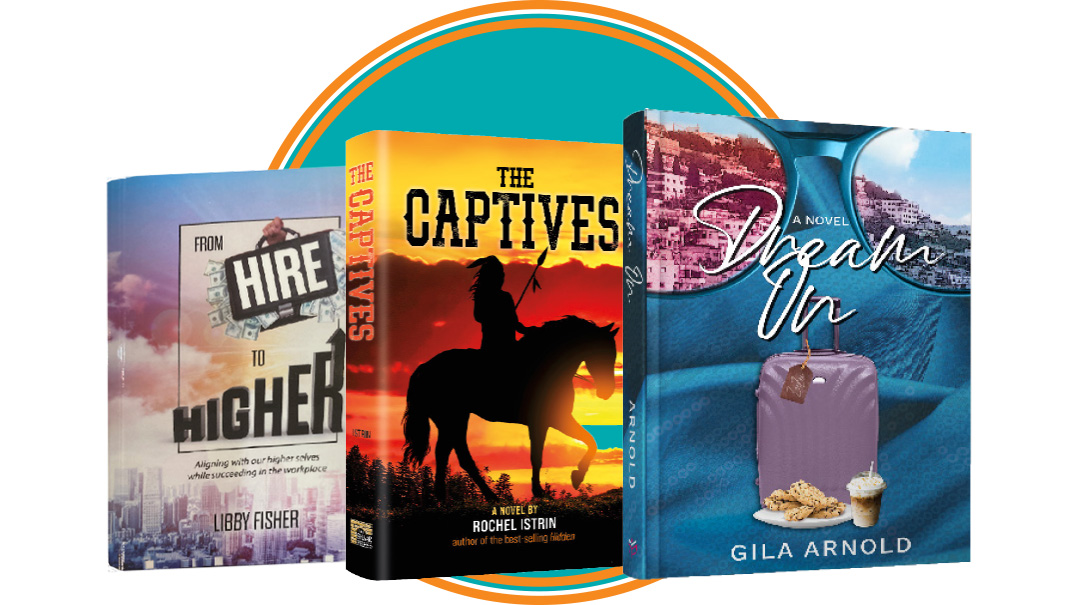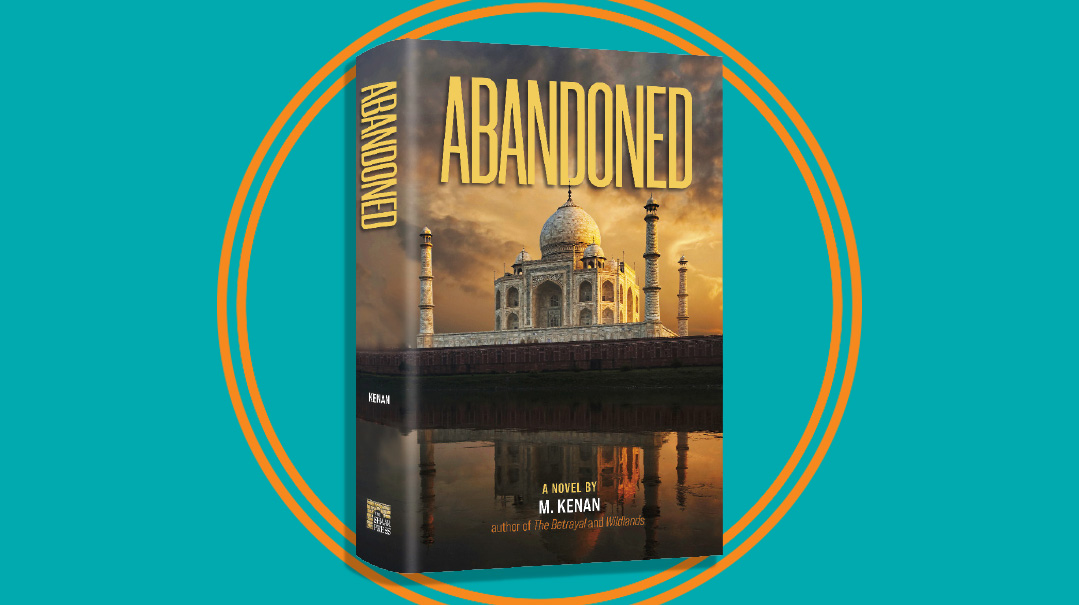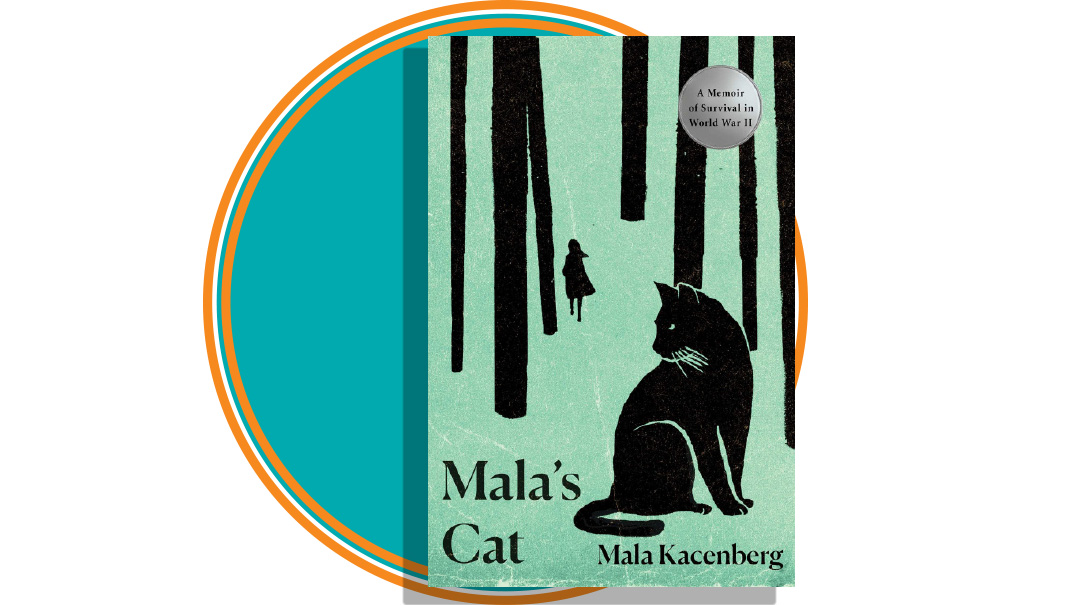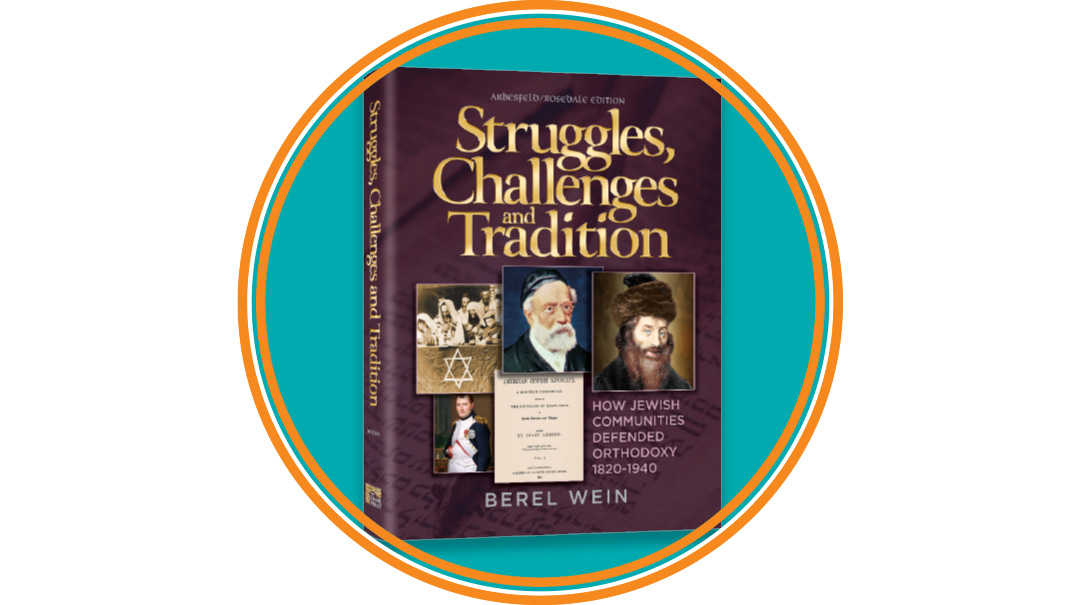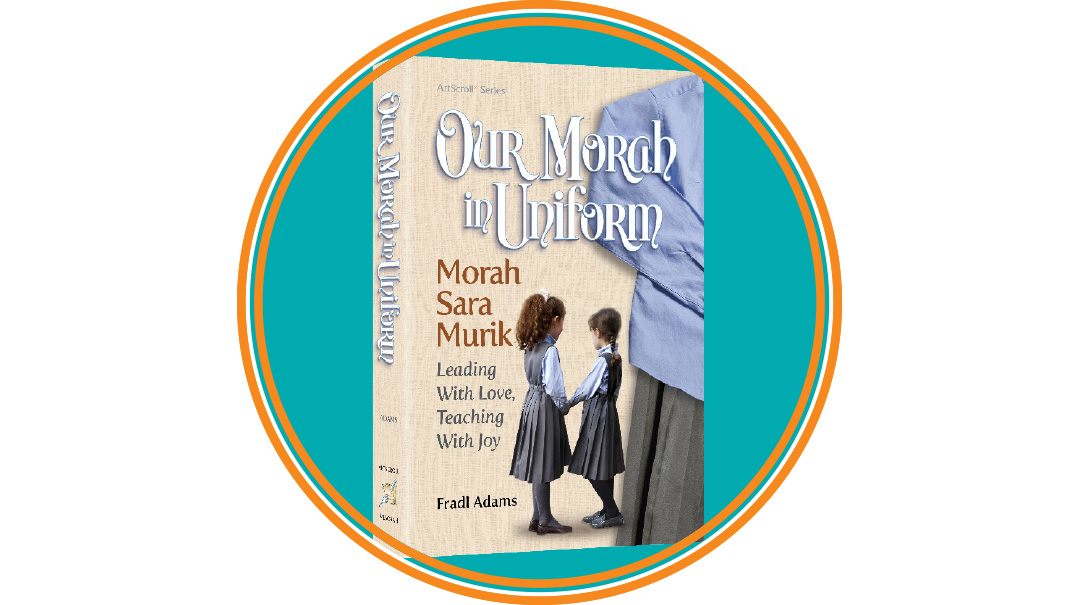Bridges Across the World
| February 15, 2022It was refreshing to write about these issues and not have to worry about reflecting badly on the Orthodox community
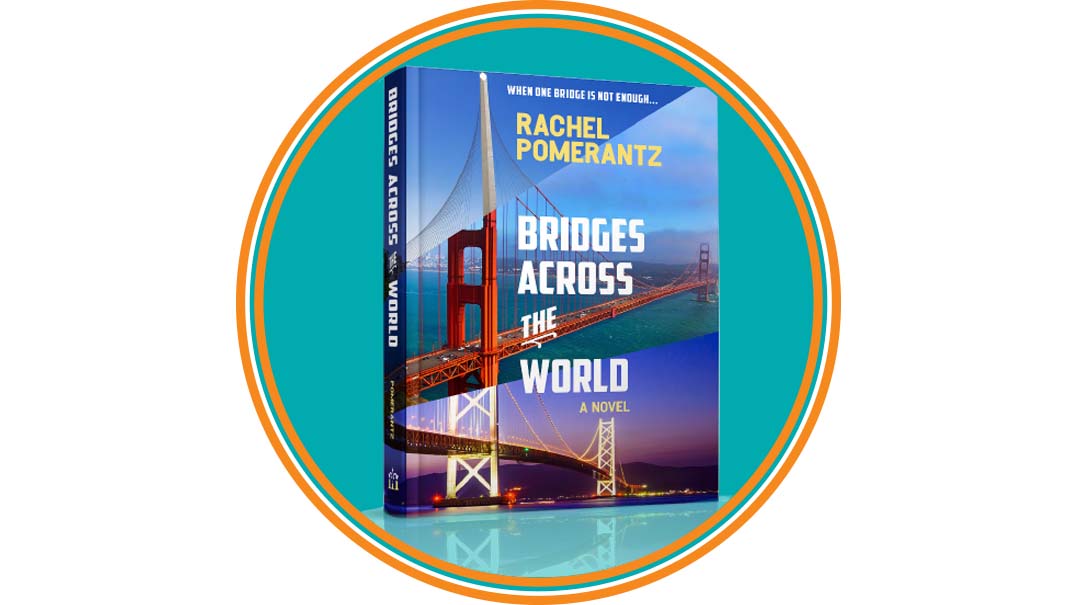
Book: Bridges Across the World
Author: Rachel Pomerantz
Publisher: Mekor (imprint of Menucha Publishers)
The book in two lines
A fast-paced drama that moves across the United States and to India and Japan, raising questions about family ties, loyalty, and identity. It intertwines the fates of several families as familiar characters face their challenges alongside new ones.
The author in two lines
Rachel Pomerantz is an Emeritus Professor of Mathematics and former Dean of Exact Sciences at an Israeli university, and in her free time, a novelist. Her fans have been following her characters, Meir, Beth, Chaim, and Barbara, through several novels over three decades.
What’s fresh about Bridges Across the World?
It’s actually the third book in a trilogy: Bells and Pomegranates, the first one, was about communication within the frum community, Orange Groves was about communication between different sectors of Israeli society, and Bridges is about communication between Jews and non-Jews. Once I’d created this non-Jewish family for my Jewish characters to communicate with, I found it an interesting challenge to give them some problems of universal relevance to deal with: a child who steals, a woman exercising authority in the workplace, a conflict between a father-in-law and a son-in-law. It was refreshing to write about these issues and not have to worry about reflecting badly on the Orthodox community. I could give the problems more bite...
Why did you decide to reuse your old characters? Is that easier or harder than working with a new cast created from scratch?
Each of my main characters was invented to address some crisis or fault of my own. I usually solved the current problem by the end of the book, but then new crises would develop in time to produce a sequel. For example, Barbara in Wildflower got married and was initially childless. By the end of the book, she’d had a child and a foster child, but when the Gulf War came around, she was up to dealing with teenagers in Cactus Blossoms. I generally find it easier to use characters with a rich backstory already in place. I made an exception for the Covid novel I just finished writing, though. I wanted the characters to be frum from birth, not reach Orthodoxy after their own journeys, so I started over with new characters, which was sort of fun, too.
The hardest part to write:
When Eddie starts to steal from his parents.
Were there any surprises for you in writing Bridges Across the World?
Yes, the story got too long, and I split it in half. There’s a sequel, but I’m not satisfied with it yet. The truth is that this book was originally conceived to be a novel on the theme of cross-cultural communication. My college roommate and I became estranged for ten years after I converted to Judaism and moved to Israel. Eventually we got back into contact. I started to write about that — although I then hijacked both the main characters, so she ended up having hardly any role in the book. When I was elected chair of my university’s mathematics department, leadership became a secondary theme explored in the book.
What book is currently on your night table?
Early Jewish Settlement Patterns in Palestine, 1882–1914, research for a book I just started writing.
Your favorite character in this book?
I was chair of the math department for two years, elected one week before the semester started, and some years later, I was elected dean of my faculty for a two-year term. Both were tense and intensive experiences, and in this book, I relived those four years through my character Karen Prescott. In the process I grew very fond of her.
A technique or tip which changed the game for me
One tip I can share for a successful interview is that when someone finishes talking and answering your question, wait a good few seconds before asking your next question. Hold the silence, even when it’s awkward, because that’s when the best information comes out. Actually, this technique works well in conversation, too — people start to really talk when you give them empty space and don’t rush to fill the silence and take over the mic.
C. Saphir, Writer
A book read and never forgotten
For me, it was The Diary of Anne Frank. When I encountered it as a child, it inspired me to start writing my own diary. I would eventually incorporate some excerpts from that diary in my only book for adults, a memoir about my journey to becoming Torah observant and overcoming an eating disorder, called Searching for G-d in the Garbage. It also was a catalyst in awakening my desire to learn about my Jewish heritage.
Bracha Goetz, Children’s Writer
The picture book you and your kids loved reading
One book? When my children were small, I let each child pick five picture books, which gave us about an hour’s reading time on the couch together every night. I loved Julia Donaldson’s The Gruffalo, and we sang our way through Dr. Seuss. There’s The Rainbow Fish; maybe we found it a little bit nerdy, but we still liked it. And of course, there were Alfie and Annie Rose, whom I met during my own childhood. Reading those to my kids helped bring them the flavor of my own childhood.
Leah Gebber, Writer
(Originally featured in Family First, Issue 781)
Oops! We could not locate your form.
